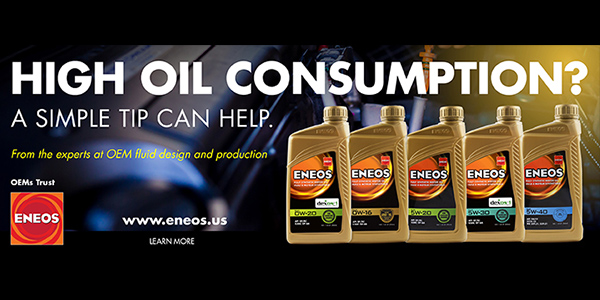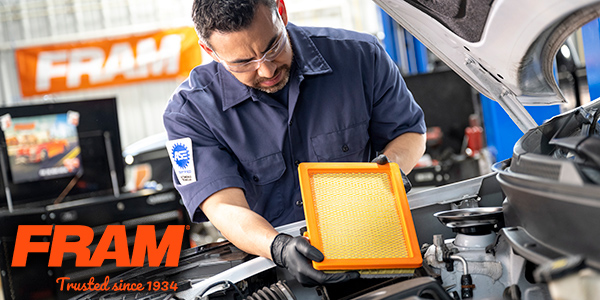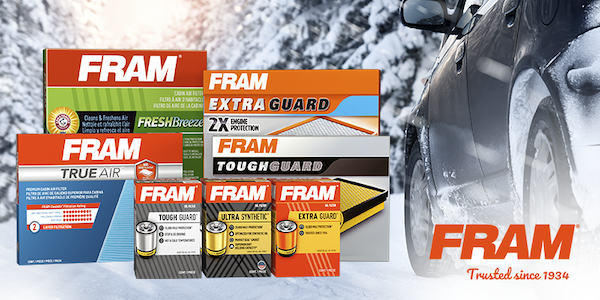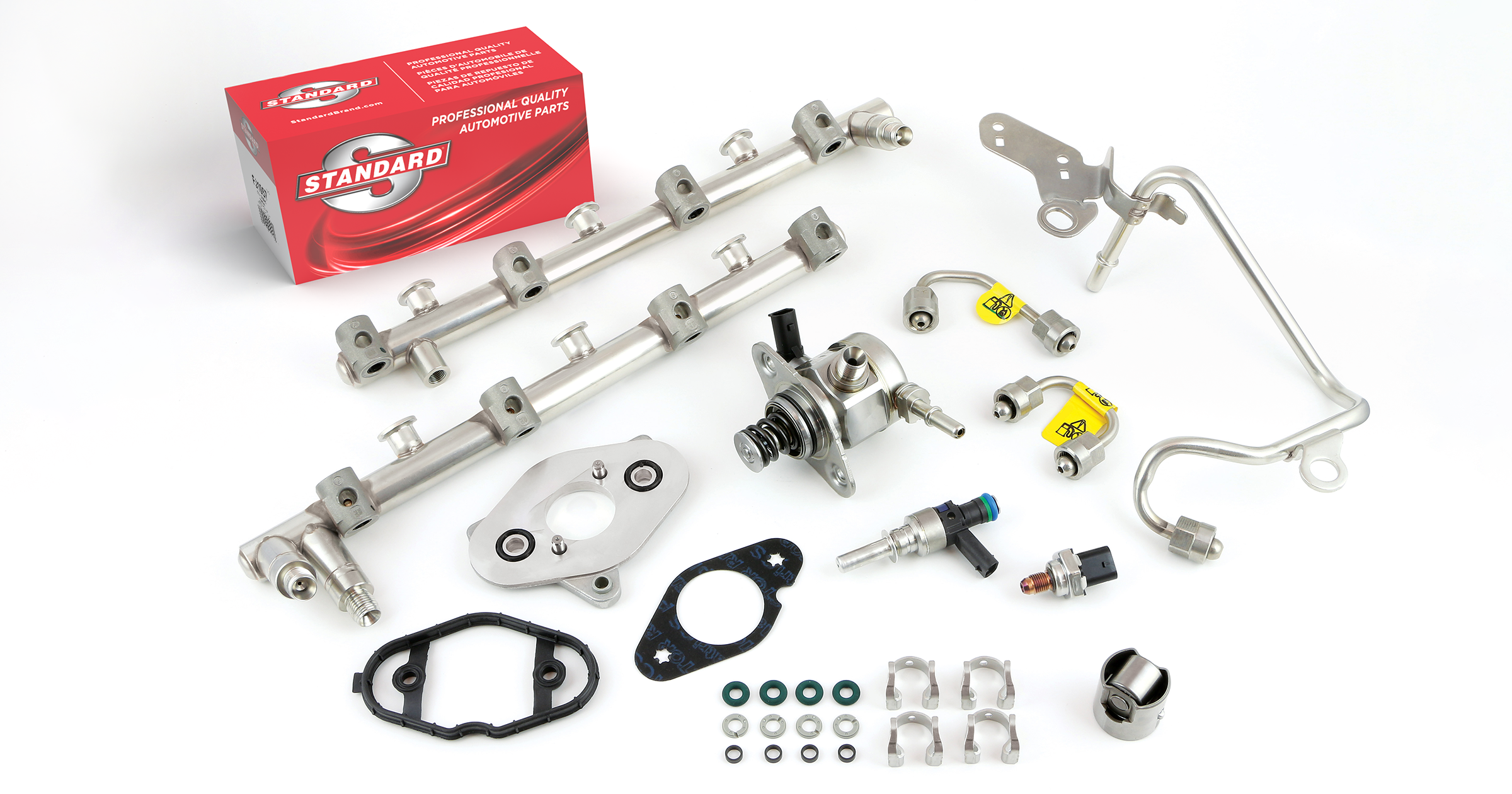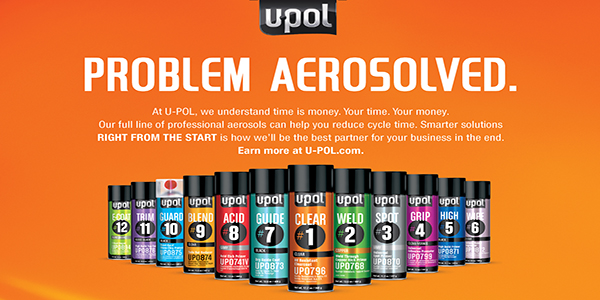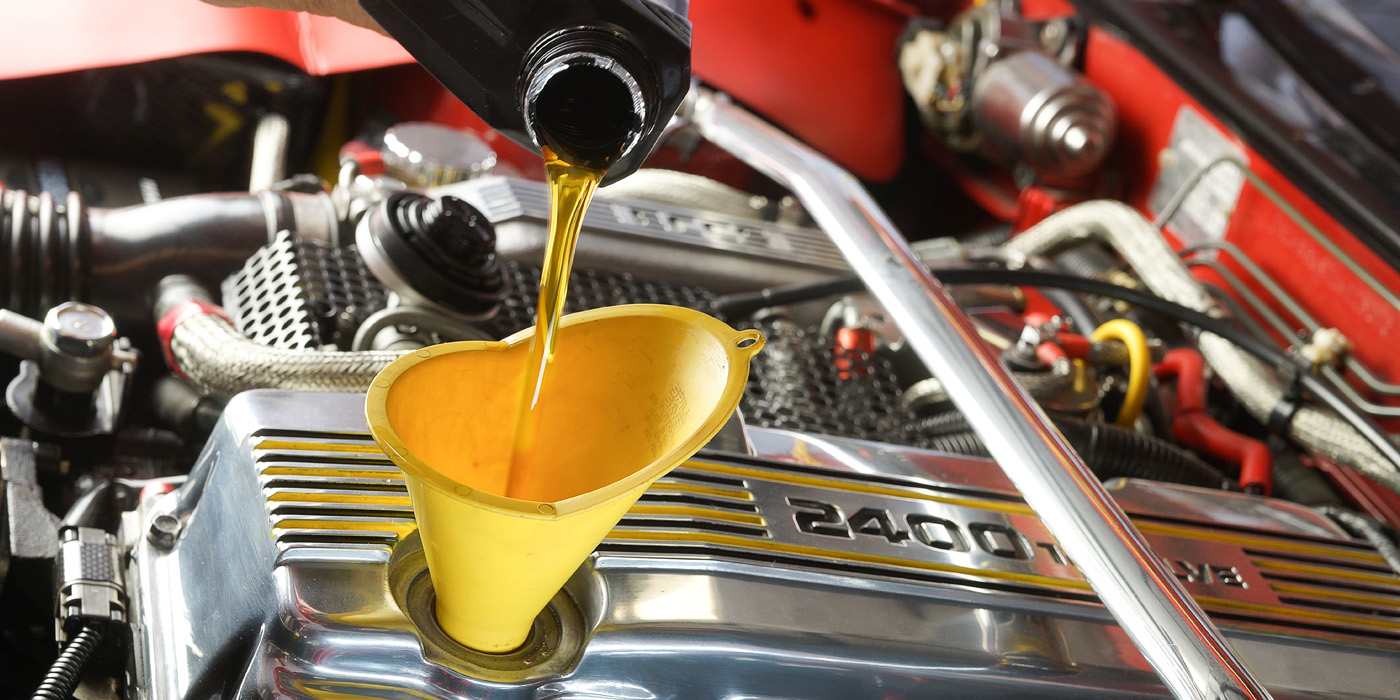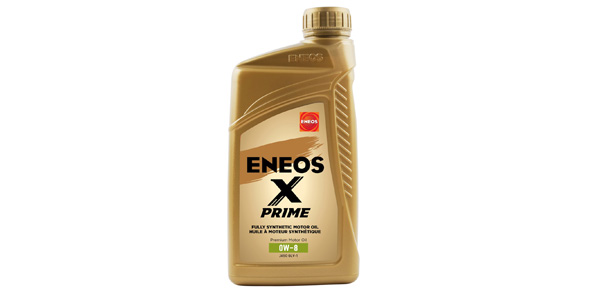A common question an OEM oil supplier like ENEOS sees is how to tell when oil consumption becomes excessive? Since a few factors could be involved, here are some of the potential implications.
How much is too much?
First, because of wear, vehicles are more likely to consume engine oil as they age. Common culprits that result in burning oil include worn valve stems, guides and seals, and piston rings, all of which can allow oil to seep into combustion chambers. If engine oil gets in the combustion chamber it will burn, possibly in amounts small enough not to produce telltale blue smoke in the exhaust, but enough to notice when you check the car’s dipstick.
As a rule, most engines with fewer than 50,000 miles shouldn’t use more than a quart of oil between oil changes (unless the manufacturer says differently). If an engine requires a quart every 3,000 miles or less, it could be a sign of a leak.
What is “normal” oil consumption?
Since vehicle manufacturers do not provide uniform guidance on what “normal” oil consumption is for most vehicles, what is considered excessive for one OEM or vehicle could be considered standard for another. Although one quart every 3,000 miles is around average for many vehicles, an engine could burn more between oil changes and be considered within specification.
Once an engine gets beyond 75,000 miles, and certainly past 100,000, increased oil consumption is even more common. However, if changed regularly throughout engine life with a top quality oil, this is much less likely to be an issue.
If high oil consumption is a concern, especially with a newer vehicle, verify the issue is not mechanical.
Non-mechanical consumption remedies
On many occasions, switching oil brands for at least 2 oil changes can result in an improvement in oil consumption. Using a top brand such as ENEOS is recommended in order to see a difference, but in many cases this simple solution works. One reason is ENEOS meets the Asian “JASO” specifications, which exceeds API approval requirements, making ENEOS a fantastic choice. Additionally, oil quality and performance can vary widely, so some oil blends work better for certain vehicles than others.
Due to ENEOS in-house research and development and decades of experience helping OEMs create factory fill oil, ENEOS has access to specifications, technology, and experience that help us make extremely efficient and protective automotive oil.

